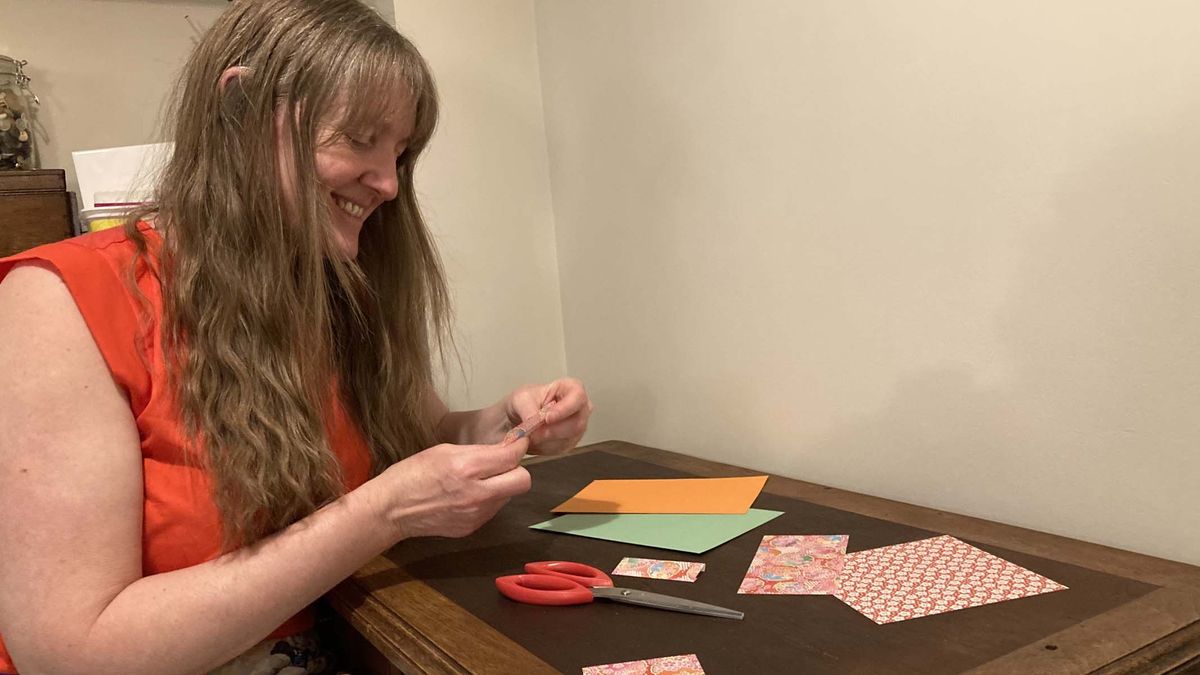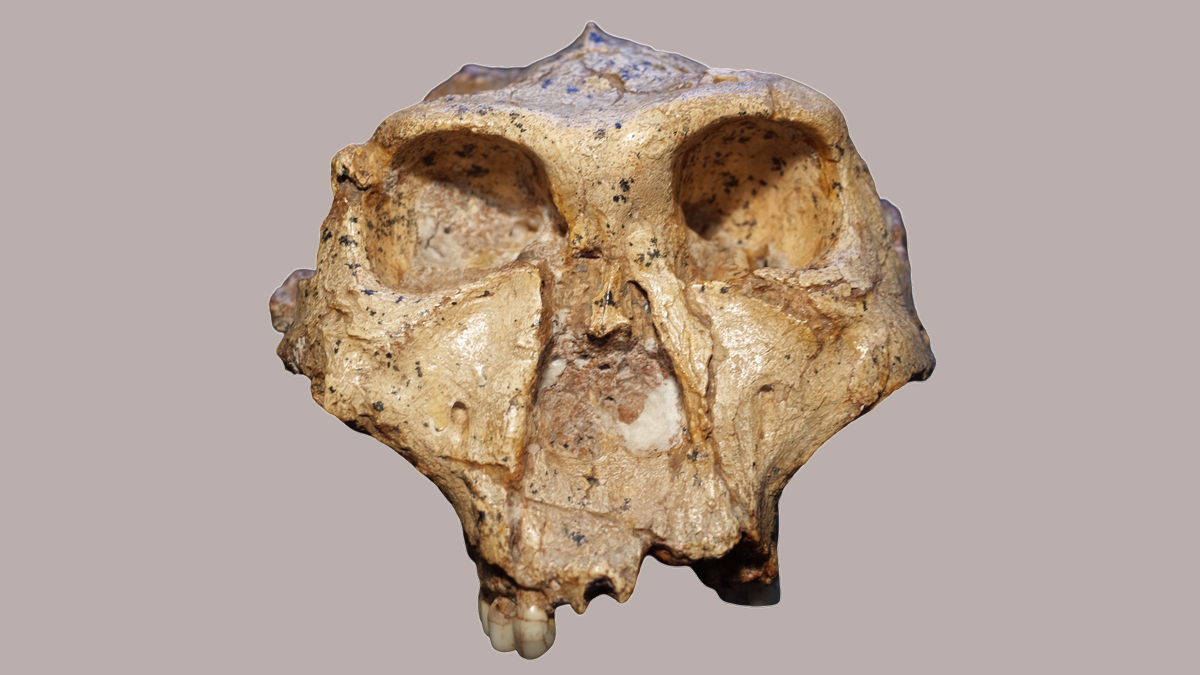Now Reading: 2,000-Year-Old Roman Shoe Sheds Light on Soldier’s Oversized Feet
1
-
01
2,000-Year-Old Roman Shoe Sheds Light on Soldier’s Oversized Feet
2,000-Year-Old Roman Shoe Sheds Light on Soldier’s Oversized Feet
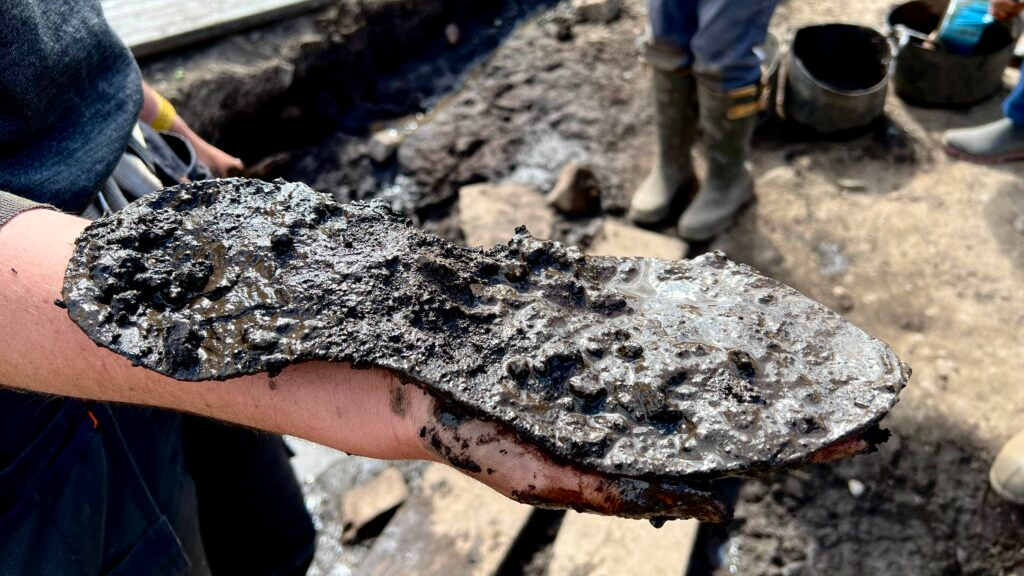
Rapid Summary
- Archaeologists excavating at Magna, a Roman fort in northern England, uncovered three leather shoes and scrap leather dating back nearly 2,000 years.
- One shoe discovered on May 21 measures 12.6 inches long (size equivalent to U.S. men’s 14 or U.K.men’s 13) – potentially the largest shoe in Vindolanda Trust’s collection.
- The shoes were preserved due to being buried in an oxygen-free trench known as an “ankle-breaker,” used as part of the fort’s defenses.
- Two of the shoes are in good condition; one has hobnails attached to the sole and displays Roman manufacturing techniques such as layered leather soles held with thongs and stitching.
- The revelation offers valuable insights into roman footwear production and daily life during the occupation of Britain after Hadrian’s Wall was built around A.D. 122.
- The excavation team plans further digs within Magna to uncover timber buildings.
Stay Informed With the Latest & Most Important News
Previous Post
Next Post
Loading Next Post...


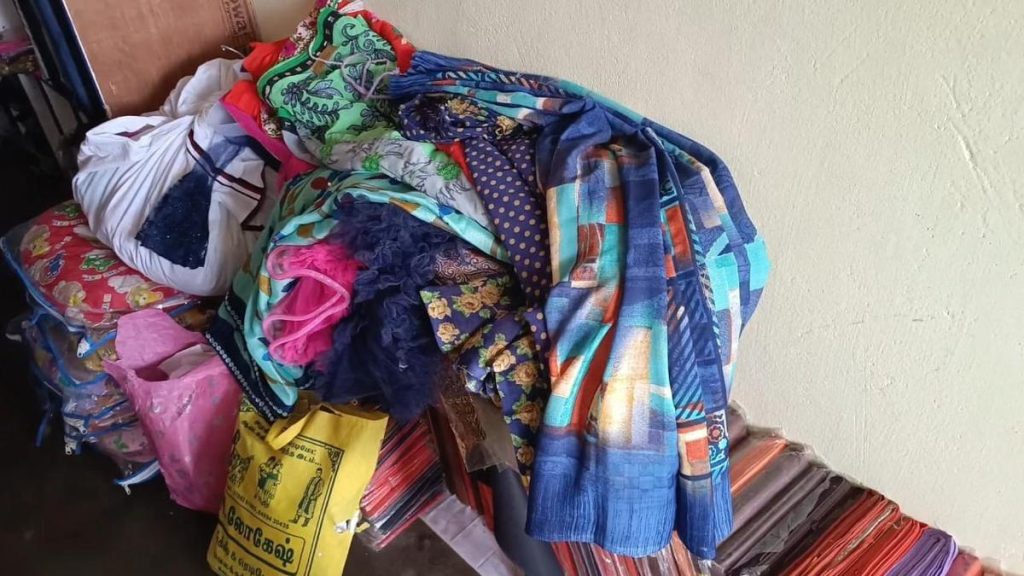



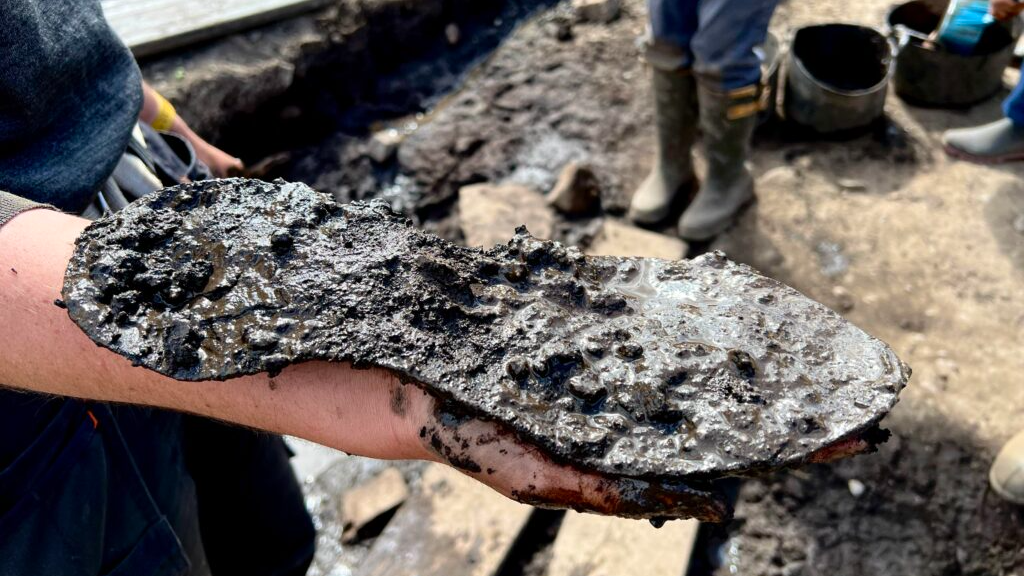
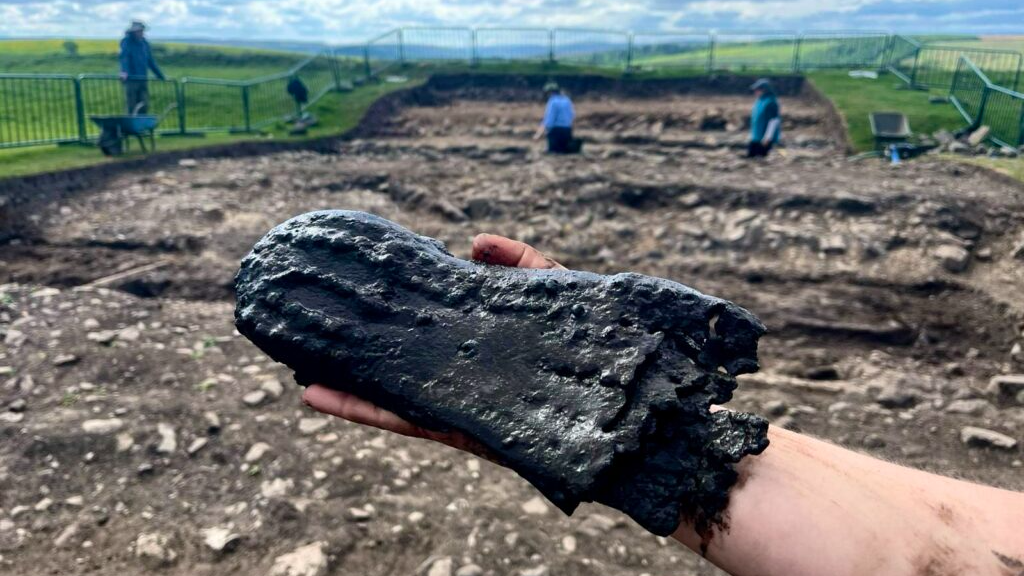 Livescience.com
Livescience.com












